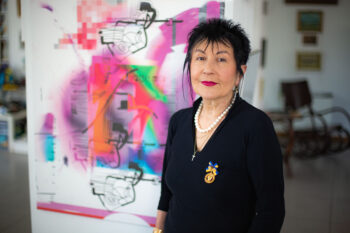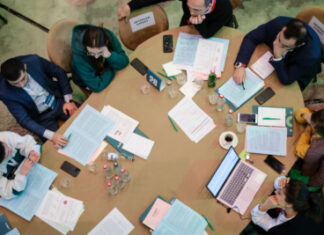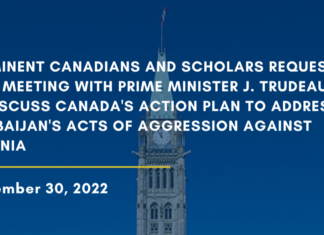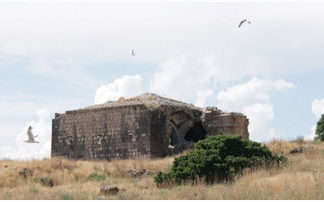By Edmond Y. Azadian
Democracy is the most potent yet the most fragile philosophy. It can contribute to justice and equality in society, or it may turn into a weapon of abuse in the hands of demagogues. The Armenian Democratic Liberal (ADL) organization has been a part of diasporan community life for almost 90 years — and in the aftermath of Armenia’s independence, it has also been introduced in the political life of the homeland. But after 70 years of a one-party dictatorship, it was unrealistic that society there would be democratized overnight. That is why nascent political forces in Armenia tried aggressively to disrupt or alienate the traditional Armenian political parties.
All three political parties — the ADL, Armenian Revolutionary Federation (ARF) and the Hunchak Party — had their share of tribulations in Armenia. The ARF experienced a rebound and was able to occupy its place in Armenia’s political life. The ADL was splintered and the fallout came to shake the very foundations and the structure of the organization, not only in Armenia but in the diaspora.
There were, of course, some opportunists, waiting in the wings, to exploit the moment to promote some selfish agendas, in terms of personal ambitions and profit or just to serve the outside forces, which benefited from the organization’s weaknesses and divisions.
The problems started just around the period when Armenia regained its independence. But despite many hurdles, the organization was able to garner enough strength to have 21 members in the parliament. It also began to publish its daily newspaper Azg, which became a beacon of democratic ideals and which for the first time introduced Western journalistic norms and traditions in Armenia.
Last but not least, the organization built its first-ever diaspora-Armenian cultural center through its cultural arm — the Tekeyan Cultural Association.







